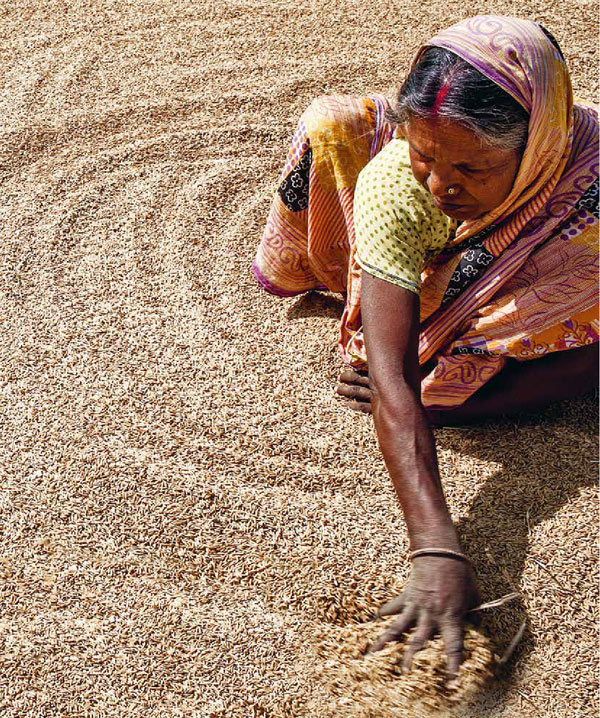The Global Hunger Index (GHI) is designed to measure hunger at global, regional, and national levels. Global Hunger Index helps to calculate progress and setbacks annually, which is very important to combat hunger strategically. GHI helps to raise awareness and provides an overview to understand the struggle of hunger globally. It offers a comparison of levels of hunger between countries and regions,supporting analysis and future action to combat hunger.
We have a long way to go but still, the 2019 Global Hunger Index report shows that, since 2000, progress has been made in reducing hunger on a global scale. GHI score shows 47 out of 117 countries are in alarming situation and one country is in extremely alarming situation. Climate change is an increasingly relevant threat to the world’s hungry as is highlighted in this year’s Global Hunger Index 2019.
The Global Hunger Index is based on a formula that captures three dimensions of hunger. These are, insufficient caloric intake, child undernutrition, and child mortality. To capture these dimensions of hunger four component indicators have been used, i.e. undernourishment, child wasting, stunting and (child?)mortality.
According to the 2019 GHI, the hunger condition is worst in the African continent, while in other regions like Asia it shows a more mixed picture. Out of 117 countries, the Central African Republic is in an extremely alarming situation, while Chad, Madagascar, Yemen, and Zambia suffer from levels of hunger that are alarming. In total there are 43 countries with serious levels of hunger. Several countries are not included in the GHI report because not enough data were available for all four GHI indicators.
Direct and indirectly climate change causes negative impacts on food security and hunger through changes in food production. Heat waves, droughts, floods, higher temperatures, water scarcity, and carbon dioxide concentrations in the atmosphere influence Food production negatively.
Higher levels of carbon dioxide reduce the amount of protein, zinc, and iron content of crops. Sadly, lean seasons before harvests are getting longer and more severe due to climate change. It is also noted that climate change increases conflicts in vulnerable and food-insecure regions, creating a double vulnerability for communities who are already struggling with food security. Climate change is destroying livelihoods, drives displacement, economics and undermines long-term recovery and sustainable development.
Report : Global Hunger Index











 (29)
(29)